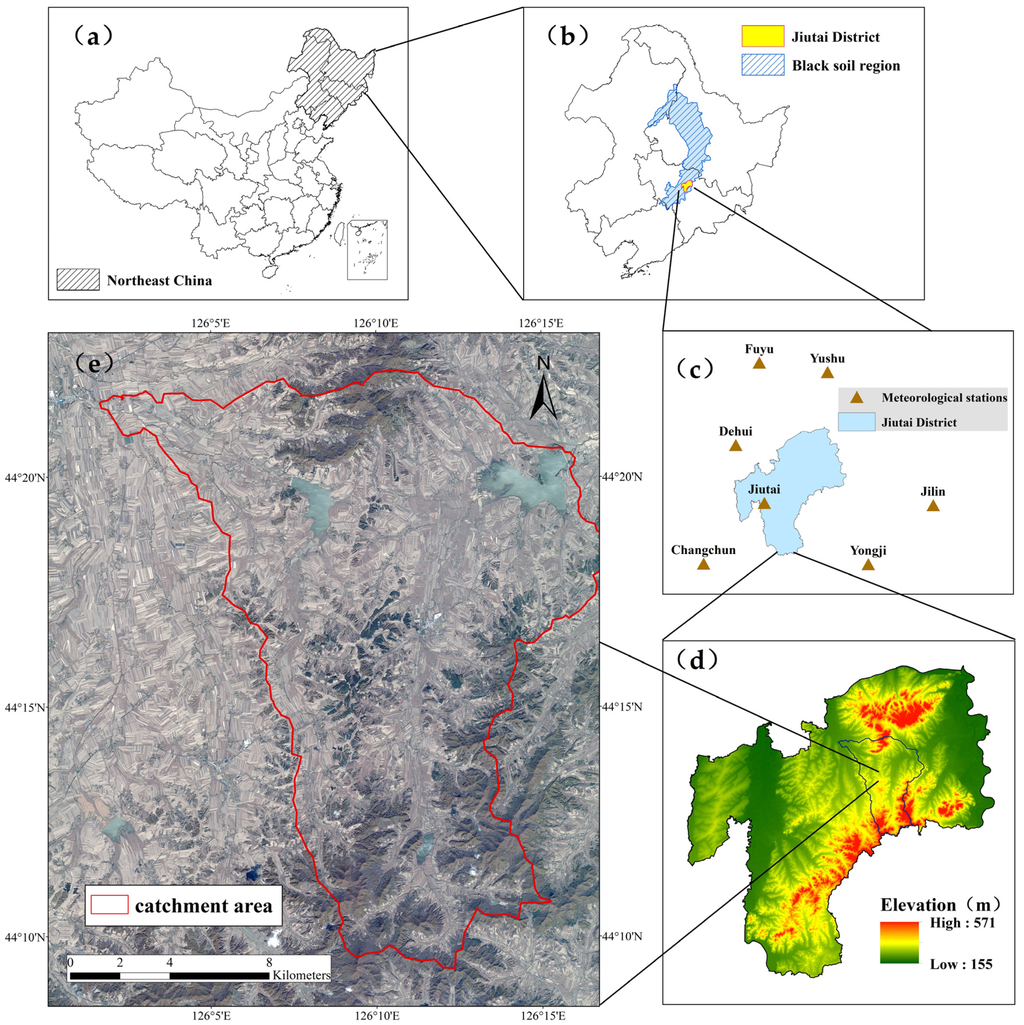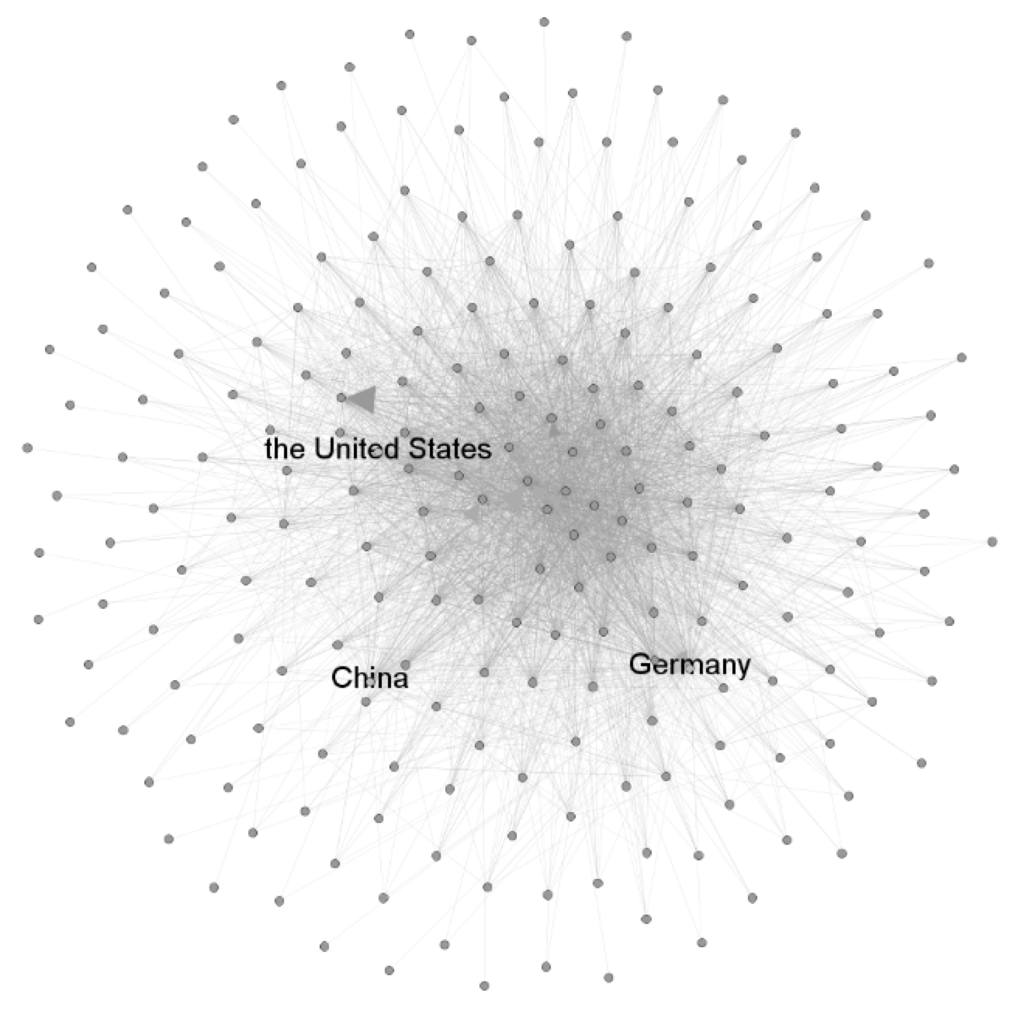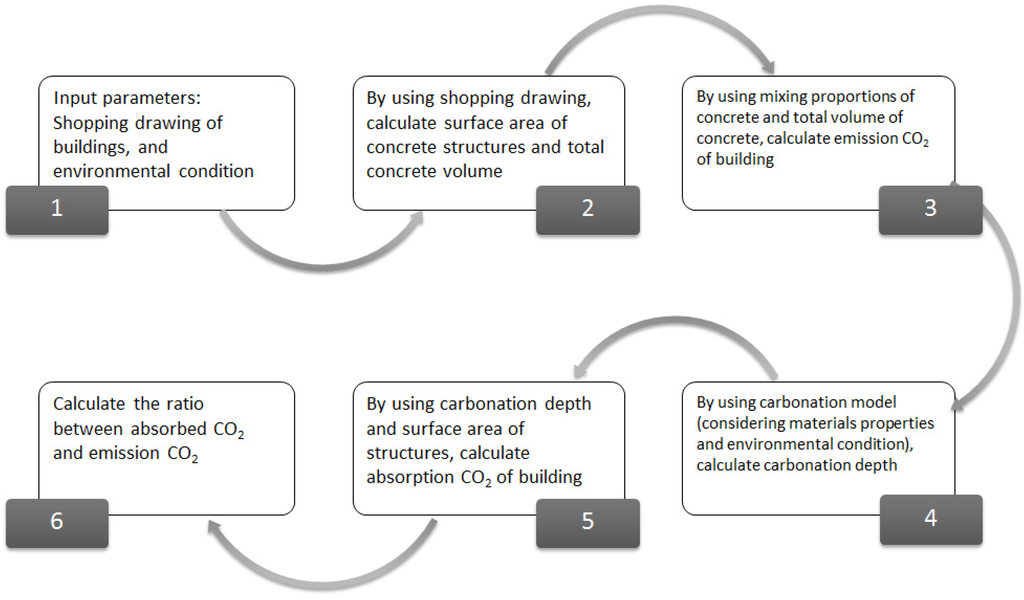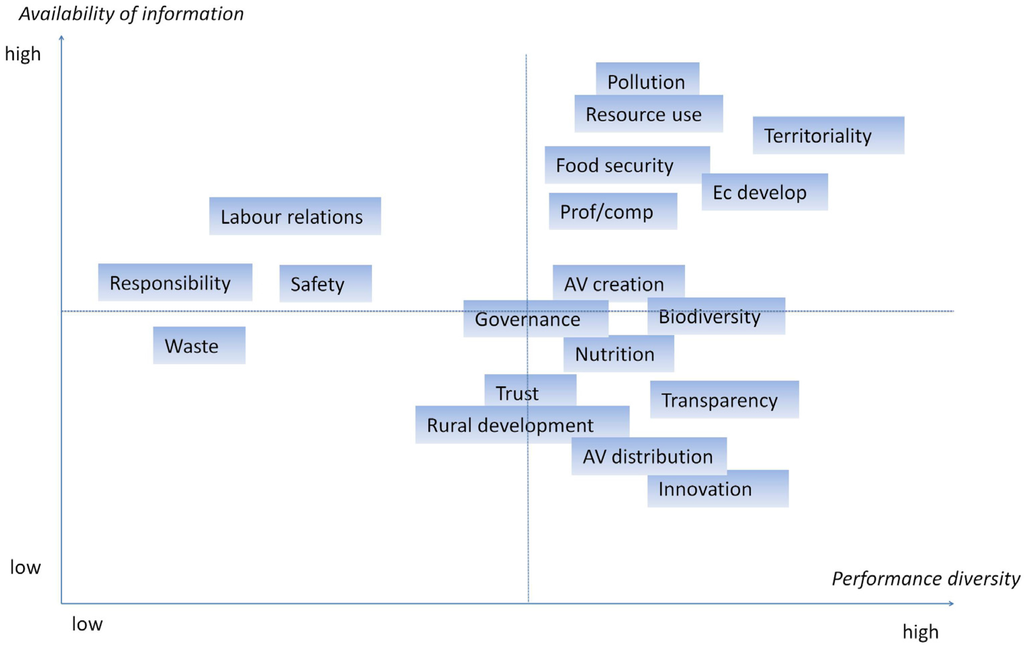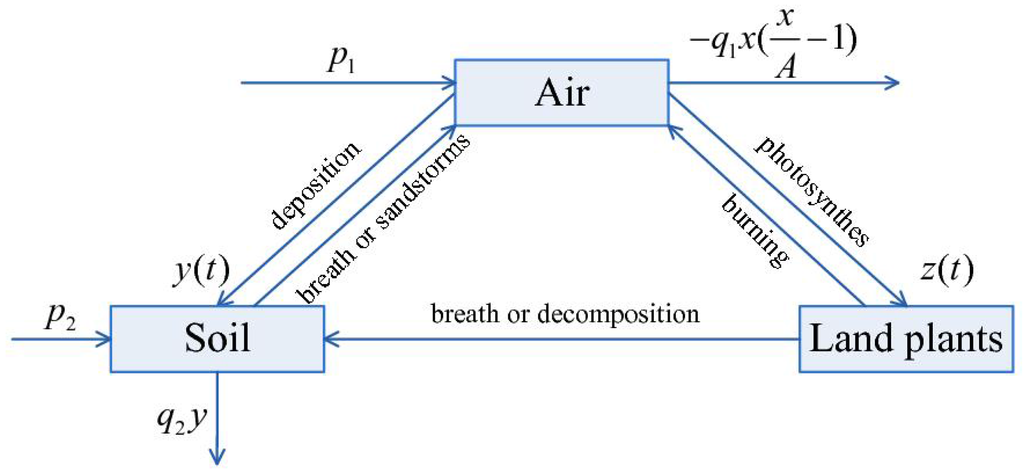1
College of Earth Science, Jilin University, Changchun 130061, China
2
Northeast Institute of Geography and Agroecology, Chinese Academy of Sciences, Changchun 130102, China
Sustainability 2016, 8(4), 317; https://doi.org/10.3390/su8040317 - 30 Mar 2016
Cited by 43 | Viewed by 8560
Abstract
The black soil region of Northeast China has suffered from severe soil erosion by water. Hillslope and gully erosion are the main erosion types. The objective of this research was to integrate the assessment of hillslope and gully erosion and explore spatial coupling
[...] Read more.
The black soil region of Northeast China has suffered from severe soil erosion by water. Hillslope and gully erosion are the main erosion types. The objective of this research was to integrate the assessment of hillslope and gully erosion and explore spatial coupling relations between them in the Mushi River sub-catchment using geographical conditions monitoring (GCM) including remote sensing (RS) and geographic information system (GIS) techniques. The revised universal soil loss equation (RUSLE) model and visual satellite image interpretation were used to evaluate hillslope and gully erosion, respectively. The results showed that (1) the study area as a whole had slight erosion due to rill and sheet erosion, but suffered more serious gully erosion, which mainly occurs in cultivated land; (2) GCM contributed to the overall improvement of soil erosion assessment, but the RUSLE model likely overestimates the erosion rate in dry land; (3) the hillslope and gully erosion were stronger on sunny slopes than on shady slopes, and mainly occurred at middle elevations. When the slope was greater than 15 degrees, the slope was not the main factor restricting the erosion, while at steeper slopes, the dominant forest land significantly reduced the soil loss; (4) trends of gully erosion intensity and density were not consistent with the change in soil erosion intensity. To our knowledge, this study was one of the first that attempted to integrate gully erosion and hillslope erosion on a watershed scale. The findings of this study promote a better understanding of the spatial coupling relationships between hillslope and gully erosion and similarly indicate that GCM, RS, and GIS can be used efficiently in the hilly black soil region of Northeast China to assess hillslope and gully erosion.
Full article
(This article belongs to the Special Issue Earth Observation and Geoinformation Technologies for Sustainable Development)
▼
Show Figures

